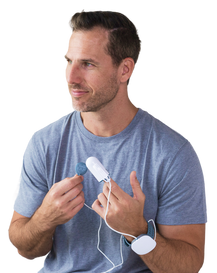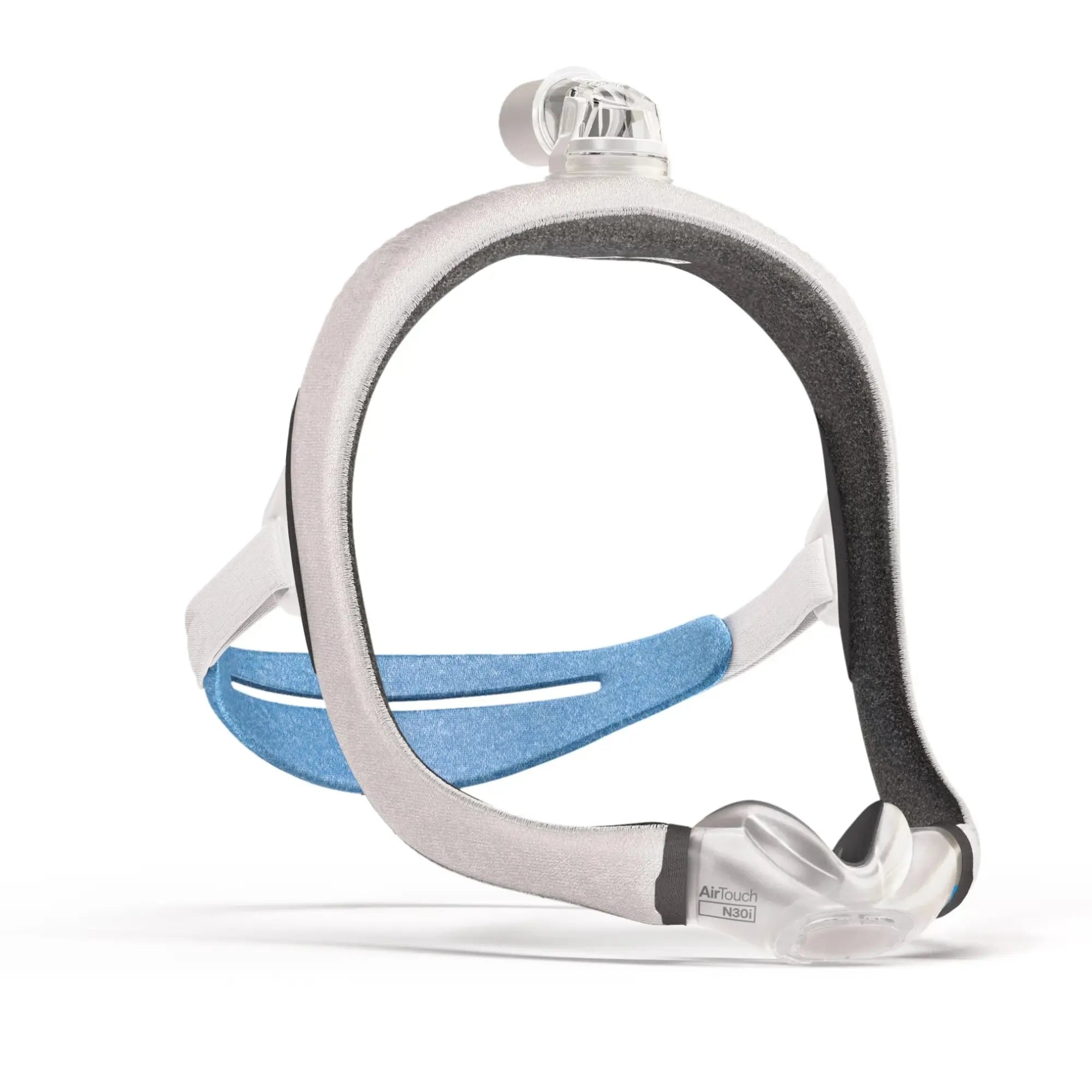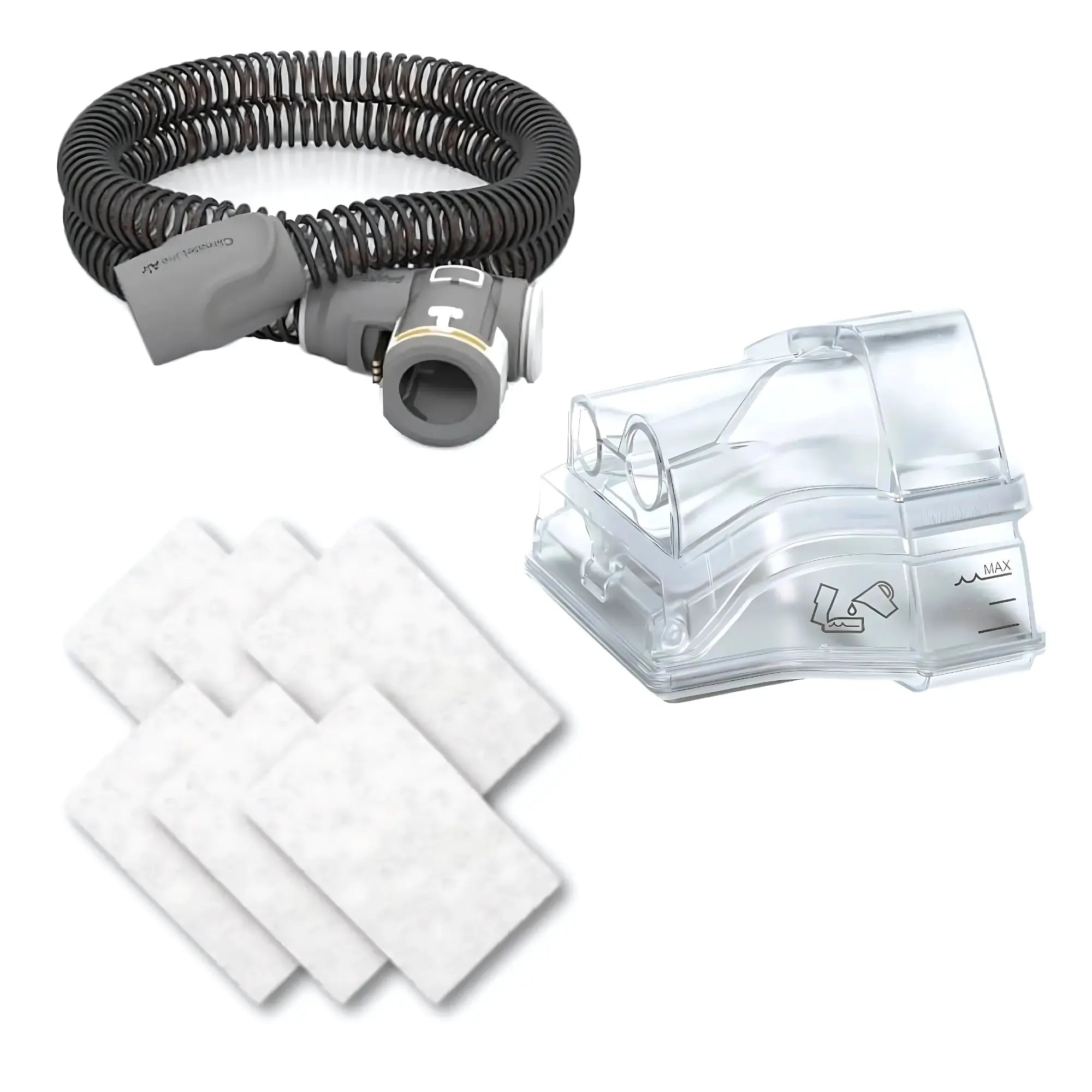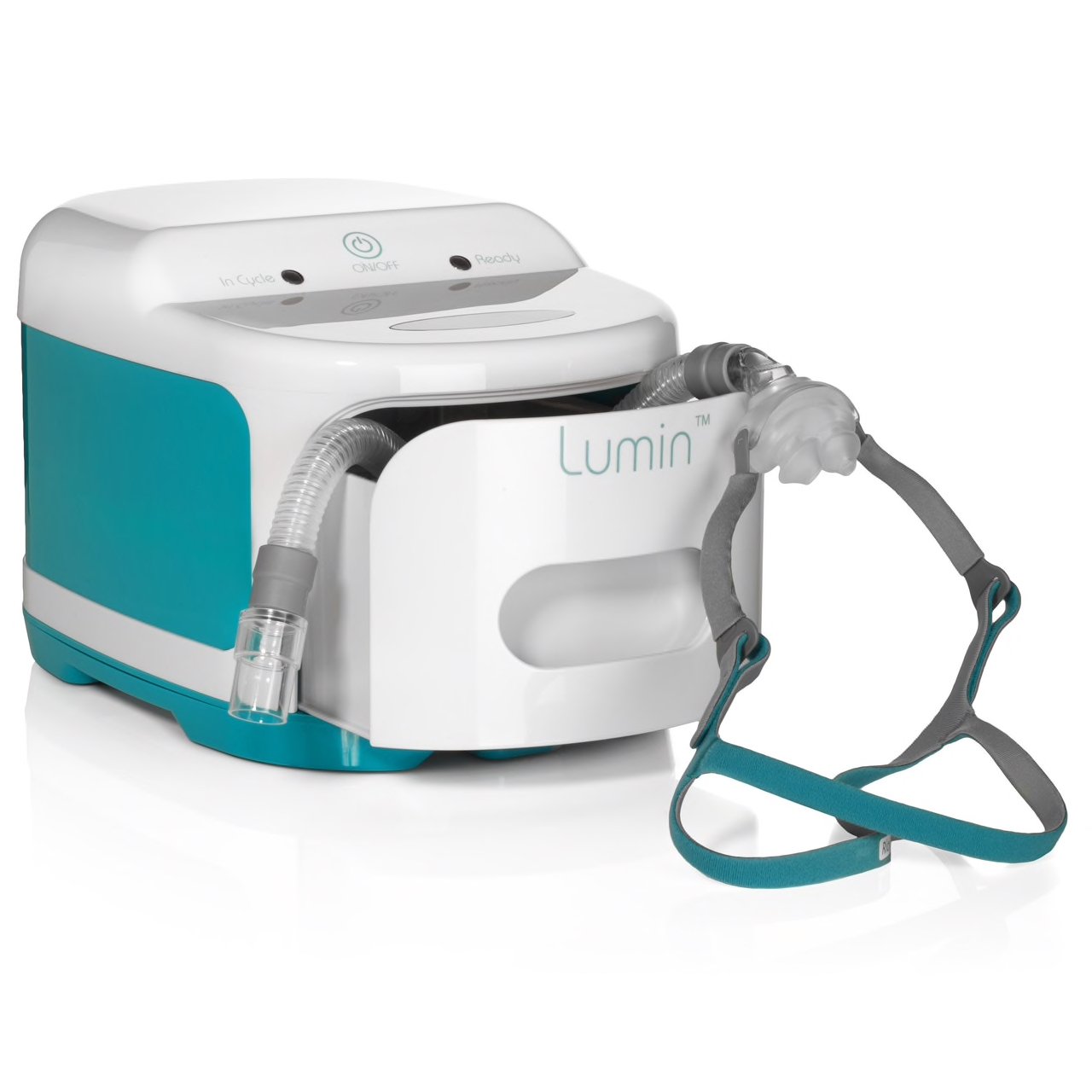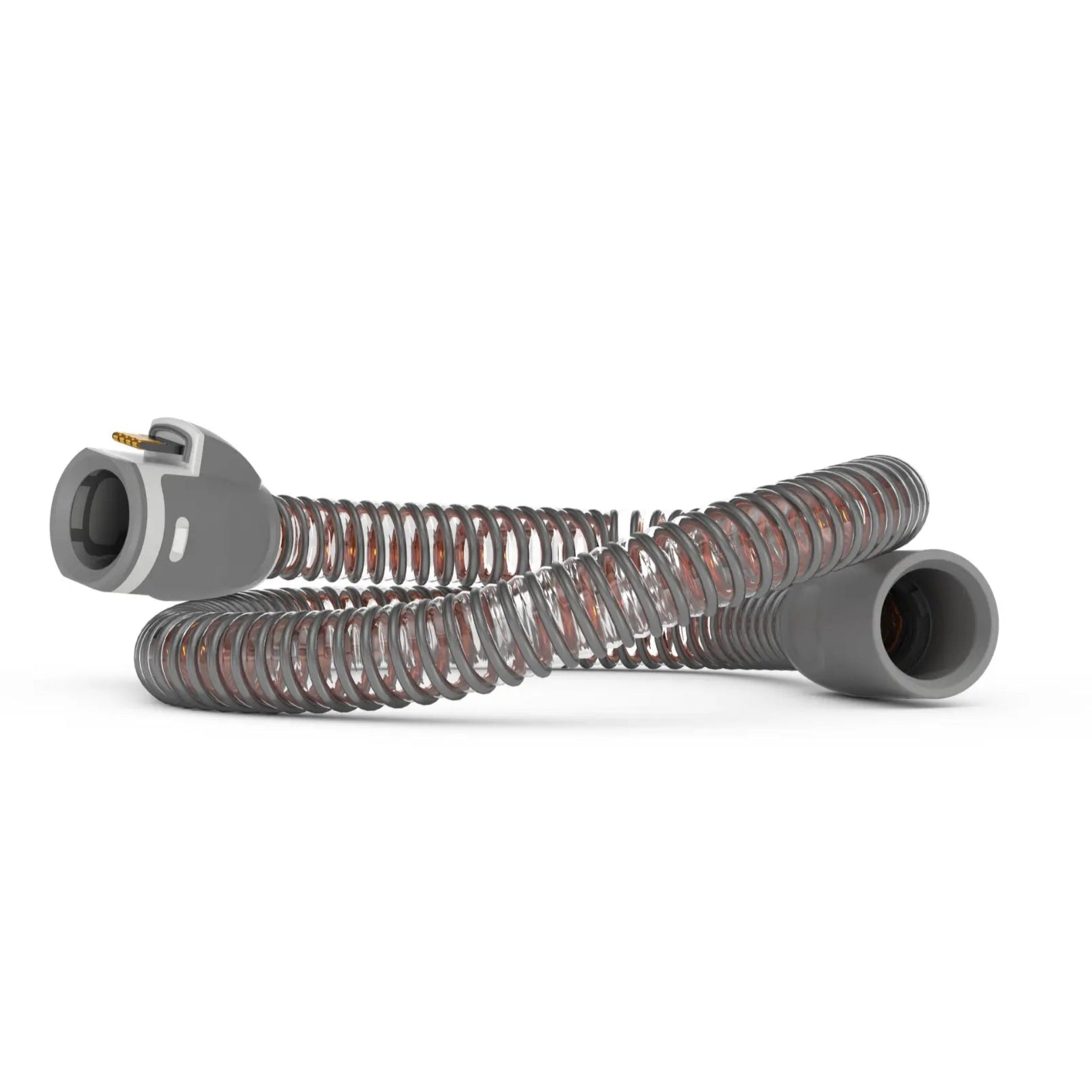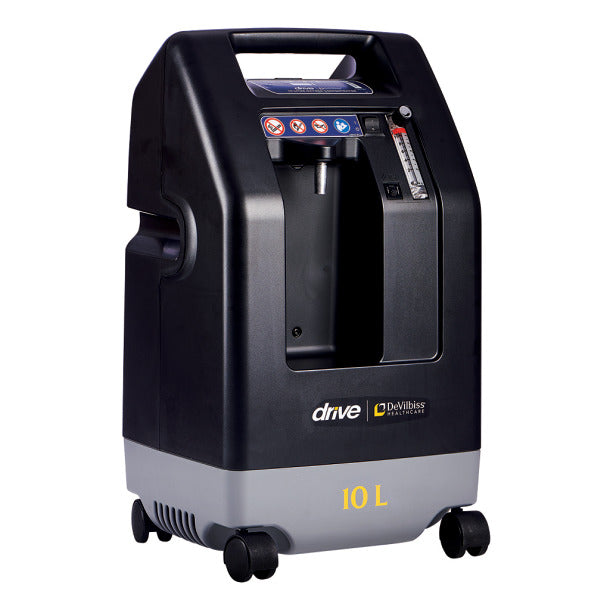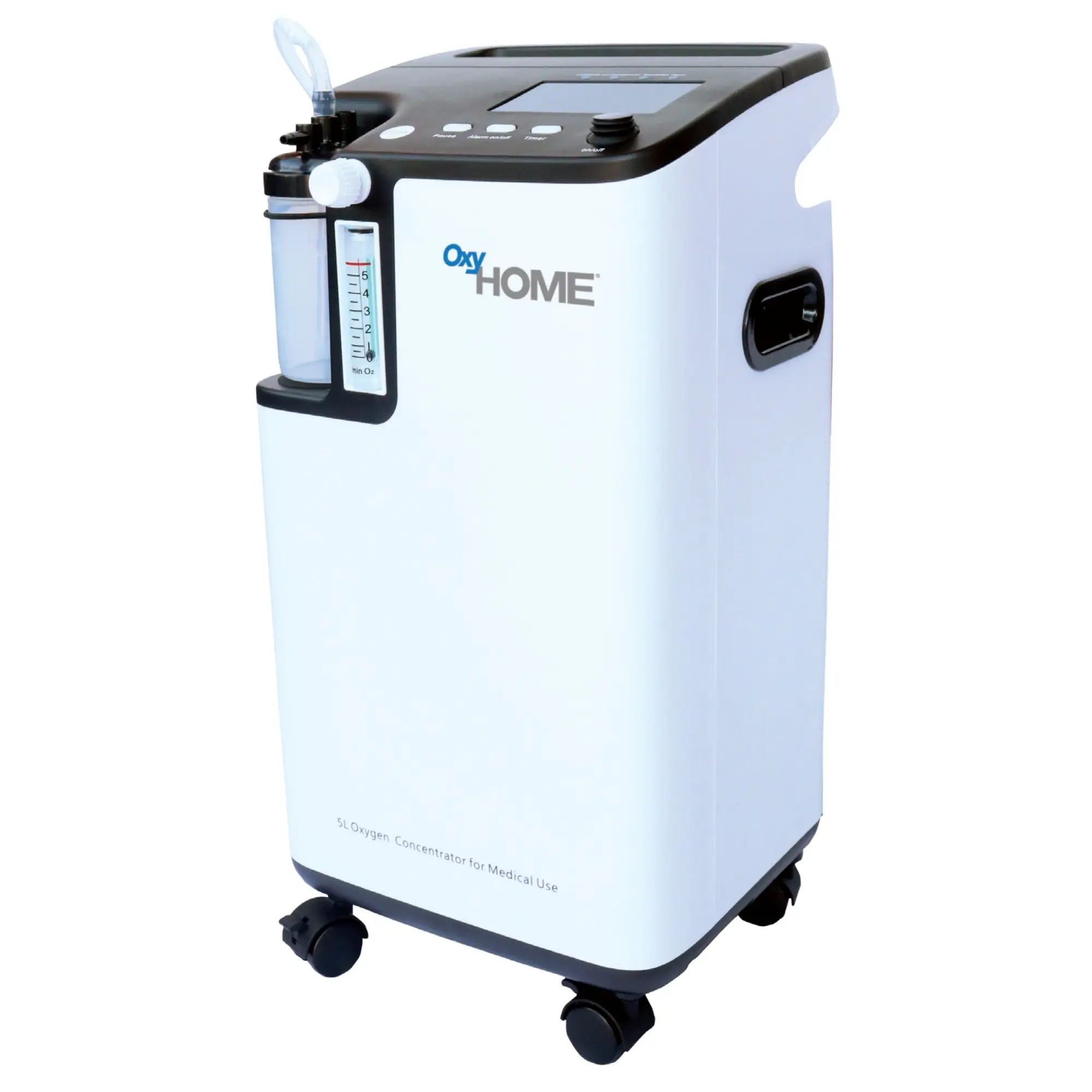Do you have trouble sleeping because you can’t breathe well at night? Do you spend your entire day exhausted after a restless night of sleep? If you experience symptoms like this regularly, then it might be time to test for sleep apnea.
What is Sleep Apnea?
Sleep apnea is a condition that prevents you from properly breathing while you sleep. The American Sleep Apnea Association estimates that around 22 million Americans suffer from this condition[1], and most people go undiagnosed.
However, there are many causes for sleep apnea, and you’ll want to figure out what exactly is causing your condition. Depending on your diagnosis, you can undergo specific treatments that will help to alleviate some of the symptoms.
This article will be discussing all you need to know about deviated septum sleep apnea and the best way to test for this condition.
What Is a Deviated Septum?

Your septum is the portion of cartilage and bone that separates your nasal canal into two parts. Although you may not realize it, your lungs are quite sensitive organs. They need the air coming in to be moistened by the nasal canal and brought to body temperature.
Thus, your septum essentially partitions the nasal airway to make it easier for your nasal canal to moisten the airflow while it enters your lungs.
However, the septum can become offset in some people for a number of reasons and cause a condition known as a deviated septum. This condition can lead to deviated septum sleep apnea, which will prevent you from having a restful night's sleep due to nasal obstruction.
It is important that you get a diagnosis as soon as possible. You may also perform a deviated septum self-test. Check out the video below to learn how.
Deviated Septum Warning Signs
It’s important to learn as much as possible before you make the trip to a doctor. Being informed can help you to understand what your doctor is telling you. There are quite a lot of warning signs that might be present if you have a deviated septum. We’ve given you a brief list of the most common symptoms that you can experience:
- If you have difficulty breathing through your nose, it could be because your nasal septum is causing a blockage of the airway.
- A deviated septum can lead to discomfort around your nasal canal because the nerves there are not correctly placed.
- Often a deviated septum can lead to nosebleeds.
- Nasal congestion, more commonly known as a "stuffy nose" is a symptom of a cold, and it can happen occasionally. However, if you happen to experience frequent nasal congestion that you can’t seem to get rid of even with the use of decongestants, it could be because you have a deviated nasal septum.
- If you snore loudly it could be a result of a deviated nasal septum. Although you must keep in mind that there are other reasons for snoring as well[2].
- If you experience frequent rhinitis, which is swelling and irritation of the nasal passages, or sinusitis, which is swelling of the nasal cavities then you may have septal deviation.
- Frequent sinus infections may be another sign of septal deviation.
This list is not exhaustive by any means, but it will give you a rough idea of what you should be on the lookout for. Your healthcare provider may need to perform a CT scan to figure out the extent of your deviated septum condition.
How to Perform a Deviated Septum Self-Test at Home
Although you’ll need to go to the doctor or healthcare provider to get an official medical diagnosis, there are a few methods you can use to check whether you have a deviated septum.
Keep in mind that the severity of this condition varies from person to person. If you find yourself with a severe septal deviation, you may have to undergo a surgical procedure called septoplasty to correct it.
If you suffer from severe septal deviation and also have issues with the size or shape of your nose you can undergo a surgical procedure named rhinoplasty to fix both issues.
Your septum might have deviated at a point that is too far for you to reach, and in this case, you won’t know whether you have the condition unless you take a test.
Close one nostril at a time and breath deeply
Do this as many times as needed. As you’re doing this, make it a point to focus on the feeling that you get in your nasal cavity. A deviated septum will block the airway, so you’ll feel a slight but noticeable obstruction. Depending on how severe the condition is, it might be difficult to breathe deeply.
Run your hand along your nose to check for bumps
You will need to be quite delicate during this procedure, so keep in mind that you should not be applying pressure. Start at the top of the bridge and run your fingers along the bridge. If there’s a bump or a shift in the bridge, then your septum may have deviated.
Remember that you’re looking for abnormalities in the structure of your nose. If the breathing issues are a recent development, you will see a change in your nose that was not there previously.
Use a flashlight
You’ll need someone to help you out with this method. The first step is to get a flashlight with a narrow focus. Next, lie down on your back if possible and tilt your head back so that your friend has a clear view of your nasal canal. Then, use the flashlight and try to look for any obstructions that you can see. This method is similar to the test your doctor would perform, where they would use a speculum to look inside your nasal cavities.
Is It Safe to Do This Without a Doctor Present?

A deviated septum self-test is safe, provided you take all the necessary precautions. Your nasal cavity is quite sensitive, and it can be prone to injury if you use objects to check whether or not your septum has deviated.
It’s difficult to realize when you’re pushing too hard on your nose or the side of the nose so remember to be gentle when doing the test. Use a light hand and move slowly, taking care not to use extra force.
As long as you do the tests carefully, you should be safe. Remember to refrain from using any objects to conduct the self-test, as it’s easy to hurt yourself this way.
A Few Final Words
If there’s one piece of advice that will help you conduct a deviated septum self-test without any issues, it’s to be patient and take the utmost precautions. Keep in mind all the tips that we’ve given you, and do as much research as possible before performing the test.
Additionally, a test like this is meant to help you figure out whether you have this condition. The final decision will have to be made by your doctor.
In case you’re not sure whether or not you’re suffering from sleep apnea, take a home sleep test and get results in just one night. It's the easiest, most convenient and most affordable way to find out if you have sleep apnea.




